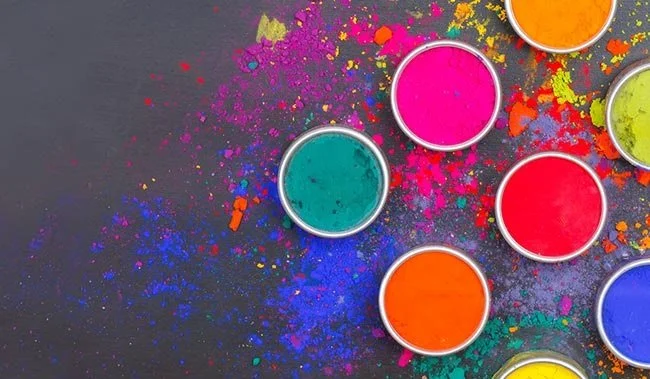Happy Holi: From Hindu Festival to Global Culture
Holi, or the festival of colors as it is commonly referred to, is a Hindu tradition that has become part of the culture of India and other parts of South Asia. Holi marks the end of winter and the beginning of spring and is celebrated each year following the lunar calendar. It usually falls between February and March. While it has origins to the Hindu religion, the festival has elevated beyond religion, and it is culturally celebrated by billions around the world. The festival signifies the victory of good over evil, the arrival of spring, the end of winter, and for many, a festive day to meet others, play and laugh, forget and forgive, and repair broken relationships.
According to Hindu origins, the demoness Holika – also called Putna – was sent by King Kansa to kill god Krishna with her poisonous milk when he was just a baby. The king believed the infant was a threat to him and prophecy said Krishna would kill him when he grew up. But the infant Krishna drank not just the demon’s milk but also sucked out all her blood. The demon burst into flames and even though Krishna survived, his skin turned blue. When Krishna grew older, he was worried that the fair-skinned Radha would not fall in love with him because he was blue. His mother suggested teasingly that he should just paint her face whatever color he likes. This led to Krishna playing a prank by putting color on Radha’s face so she looked as unusual as him.
Today, that prank has become a part of Holi celebrations and a way for friends and family to express their affection for each other. On the day of the festival, friends, family, and even strangers greet each other with vibrant colored powder. Holi, the festival of colors, has become a staple in Indian and Nepalese culture and has inspired many communities to celebrate it around the world. Many communities host 5k Color Runs and Spring Color events that take place globally and are inspired by Holi.


